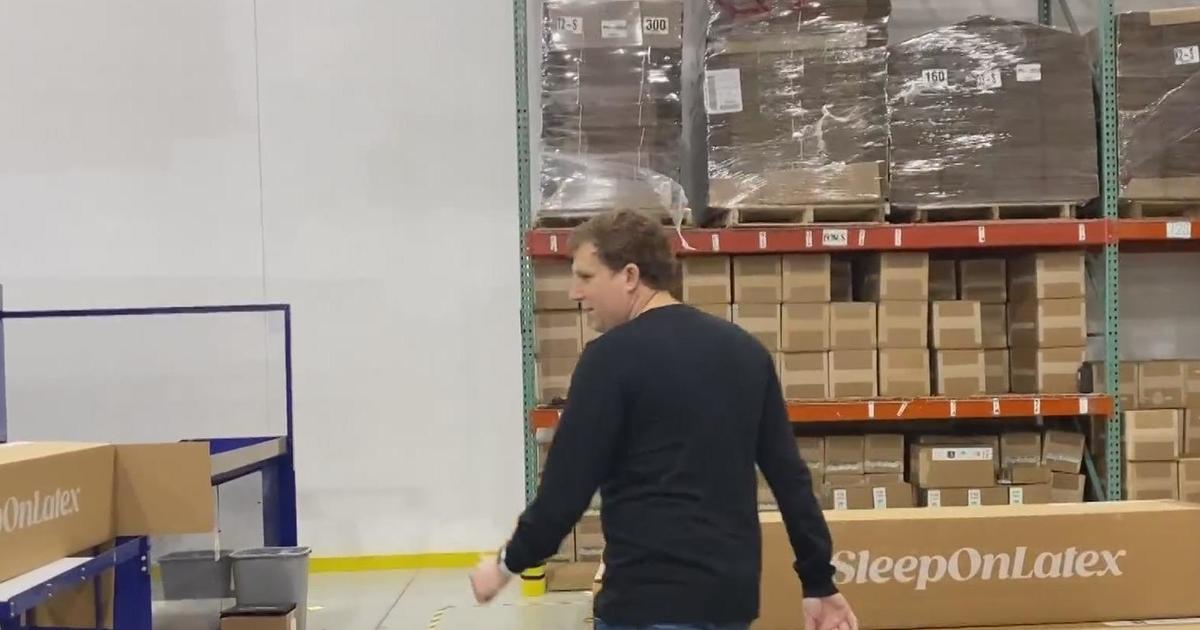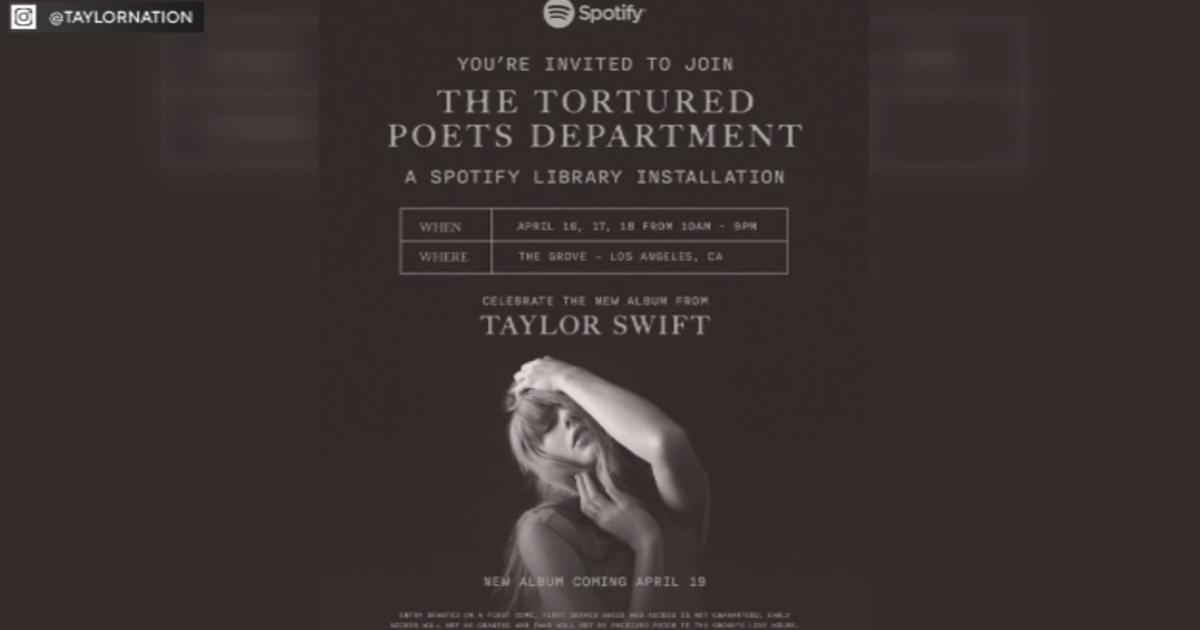History Of The Score: Chapter I - New On The Scene
By Daniel I. Dorfman-
In 1990, Dan Lee was surveying the Chicago radio market, sensing changes were necessary for his Diamond Broadcasting inventory. Lee's venerable WXRT was a firm part of the Chicago tapestry, yet he believed expansion was necessary to stay competitive.
"The stations in Chicago were doubling up with AM and FM or multiple FMs," Lee recalled. "XRT was doing very well by itself, but the handwriting was on the wall that we needed to double up to have more of an impact."
Therefore, Lee and his right hand, Seth Mason, searched for an available frequency and discovered the owners of Century Broadcasting were willing to sell AM 820 as that company had recently lost the lease on its Elmhurst tower. Soon, Diamond took over AM 820 for $650,000.
Now armed with the frequency they wanted, Lee and Mason knew it was imperative for them to find a format attractive to men aged 25-54, which largely composed the 'XRT audience. Not only would advertisers love that, a side benefit would be the same sales staff could be used for both stations.
Lee and Mason considered jazz and blues music, but ultimately opted for something yet to be tried in Chicago: all sports talk.
In 1987, New York's WFAN Radio was the first station to try all sports talk. Its quick success, both in audience and finances, spawned copycats across the country, but amazingly, not in Chicago. Instead, local sports talk was limited to Chet Coppock's nightly program on WLUP-AM, WGN's Chuck Swirsky chatting with fans on weekends, and WBBM-AM's consistent - but limited - offerings.
Relying on gut instinct, Diamond management thought the rabid fans in the nation's third largest market wanted to hear about sports all day. In a bit of gamesmanship, Lee and Mason kept the illusion of a jazz format alive to allow extra time to build an all sports product, thereby preventing competitors from entering the field of play.
As rumors circulated about Diamond's plans for the new station, management received advice from many friends and colleagues, including the owner of a popular hot dog stand, they liked to frequent.
Lee and Mason chose all sports despite the 820 frequency being limited to daytime broadcasting since a Texas station had sole rights to air on 820 24 hours a day. That meant this new station would not be able to compete for play-by-play rights, a key component of WFAN's success.
But that did not concern management.
"We decided we would become the everyman's sports station. We couldn't be the play-by-play station so we would be the voice of every guy," said Lee, who is not even a sports fan. "We were a niche player with sports talk and that was the position we took."
But not having play-by-play raised the stakes that much more for Lee and Mason to find hosts that Chicago sports fans wanted to hear every day. Harvey Wells, the general manager of WXRT, would take on a similar role at the new sports station. He and Mason had the daunting challenge of finding the right individuals.
Mason sounded out Coppock about moving over, but he did not feel comfortable with the prospect.
"I was making a great deal of money and I didn't think a move would be logical for me because the Score was going to be daytime only," Coppock said.
Realizing a recognizable name to Chicagoans was essential in morning drive, Mason checked to see if TV broadcaster Tom Shaer was interested.
Shaer, a backup anchor at WMAQ-TV, who had experience in sports talk radio both in Chicago and Shaer's native Boston, was intrigued enough to meet with Mason – someone he did not know – at a Skokie restaurant.
Shaer agreed to come aboard despite some reservations about the requisite wee hours wake up time. He had worked that shift at WBBM-AM in the 1980s, and wasn't enamored with it, but ultimately believed this opportunity was too good to pass up.
Then there was the matter of who would be accompanying listeners on their way home after work.
One name on the radar was Dan McNeil, the Executive Producer of Coppock on Sports, who frequently hosted the program when Coppock was away.
McNeil had left the Coppock show in 1991 following a nasty breakup with the host. That led to a long estrangement between the two, but eventually the relationship was reconciled.
For McNeil to come over, he had to be granted permission to be released from his contract by WLUP. After much deliberation, WLUP management eventually agreed to let McNeil walk and he was quickly gobbled up for the new station.
As Mason looked to fill the rest of his new on-air staff, he knew that that the sports station had to have people close to the athletes to provide solid context and perspective. The trick was finding personalities who could do that and also be a fun listen.
Mason got tipped off two Chicago Sun-Times sportswriters might fill that void.
"We were looking for people with a good sense of humor and just entertain people," Mason recalled. "Among the writers, I remember asking a number of people, 'Who makes everybody else in the press box laugh?' Consistently it came back Terry Boers and Brian Hanley. That is what I was looking for."
Boers and Hanley had made regular appearances with Coppock, in addition to their writing responsibilities. Each signed up at the new station on a limited basis as they had to work around their newspaper commitments.
Continuing to round out the roster, former Chicago Bear offensive lineman Dan Jiggetts, who had been dabbling in broadcasting since his playing days had concluded in the 1980s, was interested in joining the new effort.
"Jiggetts brought us a highly credible former Bear who was very smart," Mason said.
Jiggetts was to be partnered with Bruce Wolf, who gained local notoriety for his irreverent sports reports. But Wolf backed out fearing sports radio would not be the proper showcase for his talents. Management then received another setback when a deal with a Milwaukee sportscaster could not be made. With time running short, the people in charge decided to pair Jiggetts up with the hot dog stand owner who one day literally chased after Lee and Mason to convince them to try sports talk.
That hot dog stand owner was Mike North.
North, a Senn High School dropout, had been pushing the Diamond executives to go all sports as he wanted to venture into broadcasting himself. Urged to get some experience, North purchased time on Diamond's first AM station to do a sports handicapping show. In that format, he showed enough promise that he was offered a weekend program.
Now with a slot to fill, Diamond management decided to roll the dice. Instead of putting North on the weekends, they teamed him with Jiggetts.
For weekends, Mike Murphy, host of the WLS Fan Talk was hired and he would get a nightly show when sunset was late enough. One of the last pieces to the puzzle was the addition of a program director, the person who looks over a station's daily content. To fill that role, Diamond management successfully courted Chicago radio veteran Ron Gleason.
Any station has to have an identity, which can often grow out of the call letters. Diamond executives wanted the station to have a recognizable - yet distinctive - nickname and one of the first ideas was using "the Score," tying into the sports theme. A little bit of luck arrived when they were able to acquire "WSCR" call letters from a Scranton, PA station that had gone dark.
While being the first all day sports talker in Chicago gave the city something it had never had, the executives were able to work off a sports radio template.
"We weren't the first on," Gleason said. "We had learned what didn't work elsewhere. We had already seen the mistakes that WFAN had made early on. It was about facts. It wasn't the fans discussing the plusses and minuses of what was going on."
So the station had the personnel, the programming ideas and the facilities as they would broadcast out of the cozy confines on Belmont that had been the home of XRT. But there was still a pretty significant problem: they couldn't get on the air.
What had been hoped for an August 1991 launch was delayed because Diamond could not get the license from clearance from the Federal Communications Commission to broadcast.
"It was frustrating more because instead of being able to debut during a decent length broadcast day, every month we were delayed we were getting into a shorter broadcast day because we were a daylight only station," Mason said.
As Diamond tried to cut through the red tape, Shaer joined the sales staff in meeting with potential advertisers and McNeil was screening producer candidates that included Judd Sirott, Jesse Rogers and Mike Greenberg, all of whom would use the Score as launching pads to successful radio careers.
In December 1991, the day everyone had been waiting for finally arrived when FCC gave a thumbs up to go. But the management decided to hold off going on the air until Jan. 2 figuring the holiday season was not the best time to launch a new product. That decision looked even riskier when the Bears lost a playoff game a few days earlier thus eliminating a major talking point for hosts and callers.
Not knowing entirely what to expect on January 2, 1992 at 7:15 am, the Score had arrived.
Little did anyone know at the time the Score's first year would be the last year for a Chicago coaching legend and the two would be very closely intertwined.
About This Series
Daniel I. Dorfman is a Chicago-based writer who has maintained a freelance relationship with WSCR since October 2010.
Dorfman was permitted to pursue any line of questions he believed to be appropriate for this series.
Many current and former WSCR employees were approached to give their reflections on their time at WSCR. Some chose to participate, some did not.



